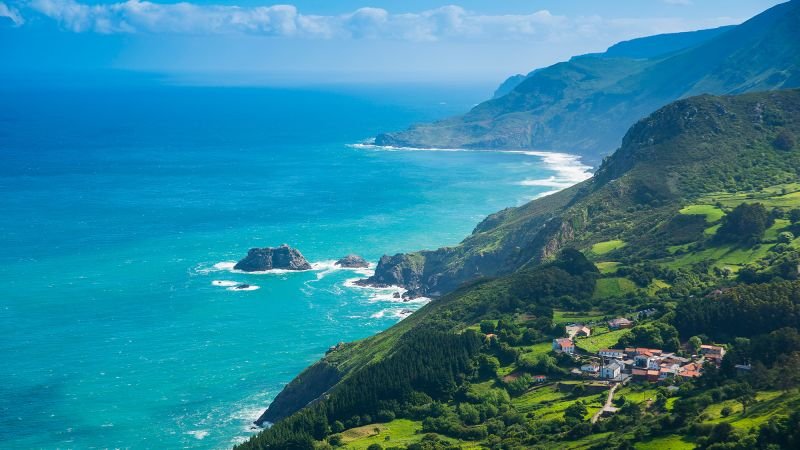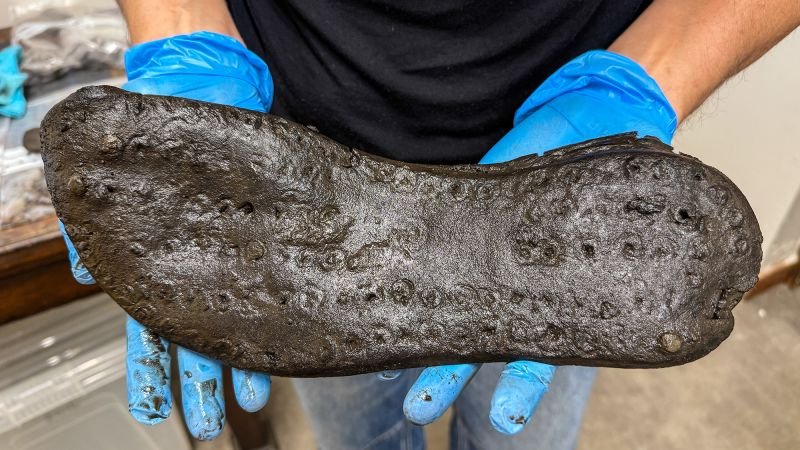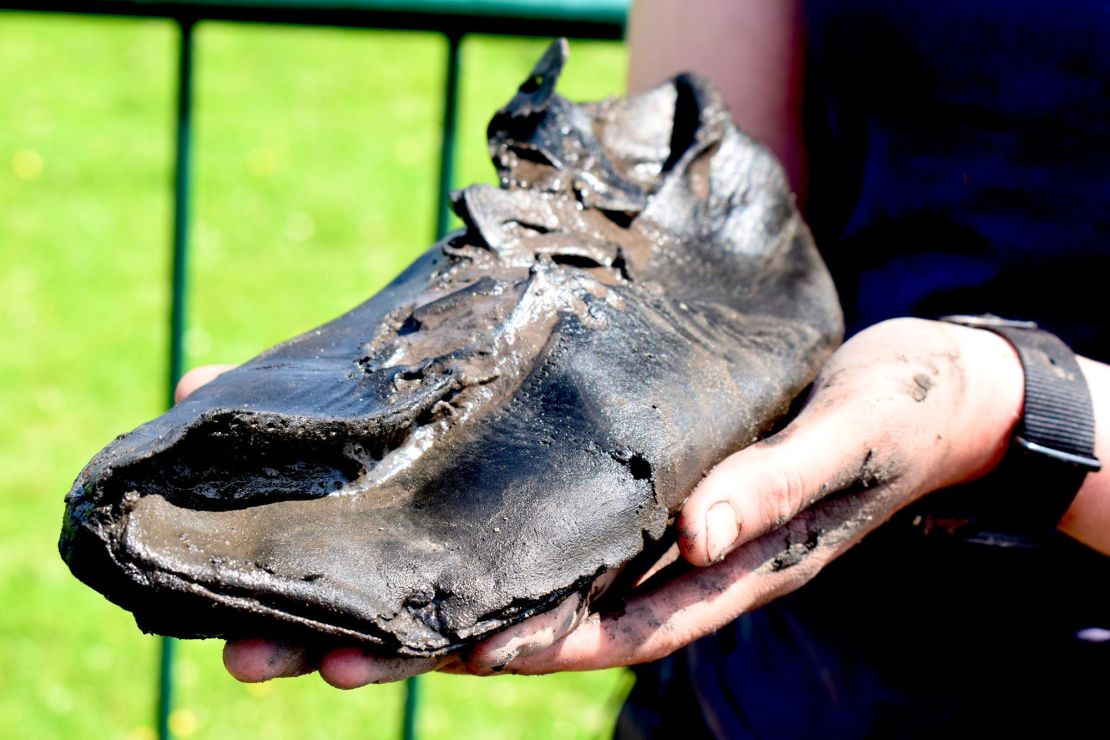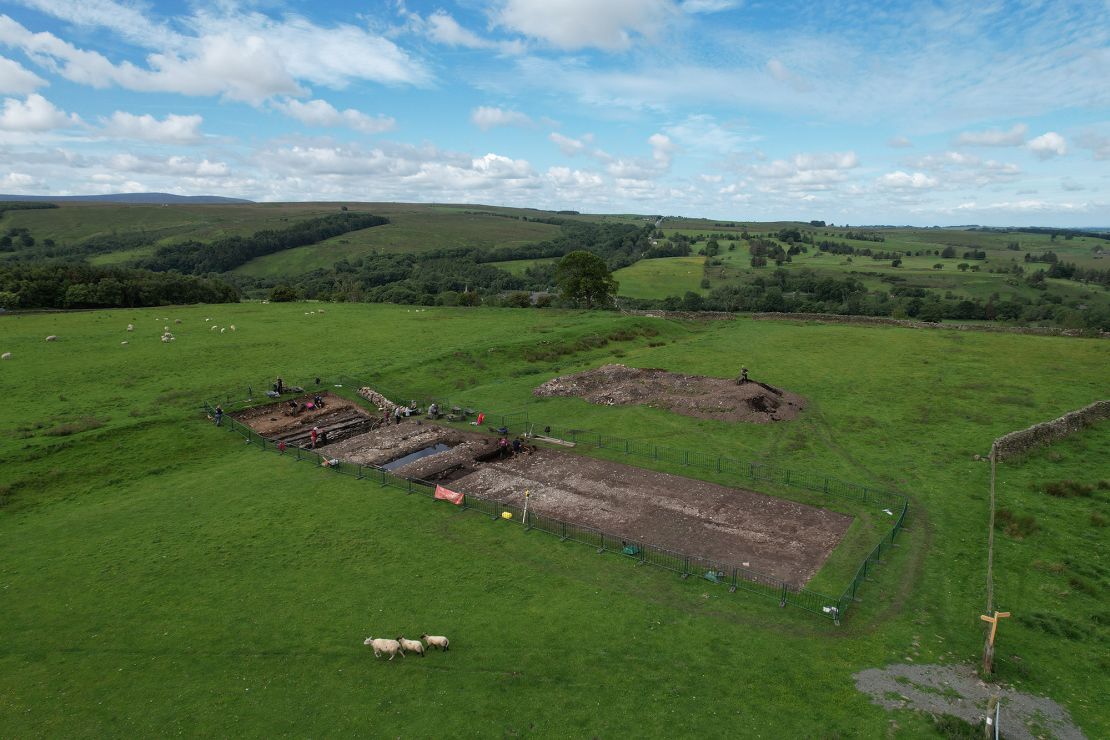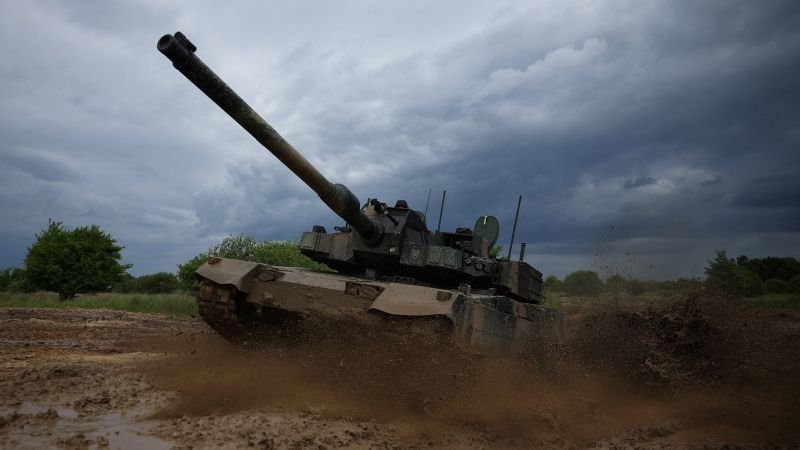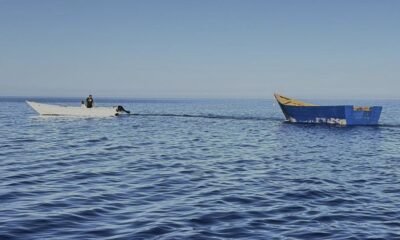CNN
—
For the past two years, summer in Spain has meant prominent protests against tourism: holidaymakers being drenched by angry locals armed with water pistols in Barcelona and protesters marching under banners proclaiming “Your paradise is our nightmare” in the Balearic Islands regularly make headlines as the saturation of the summer season gets underway.
Tourism is a pillar of Spain’s economy, contributing over 12% to the national GDP. But in destinations where cruise ships constantly spill out crowds and Airbnb-style rentals in city centers exacerbate a housing crisis that helped push residents to the outskirts of their own hometowns, the annual crush of visitors has become a point of conflict.
It’s not likely the tourists will stop coming. More than 80% of tourists in Spain stick to the islands and the Mediterranean coast — and mostly during the summer season — according to Manuel Butler, director of the Spanish Tourist Office in London.
Resorts such as Benidorm, Lloret de Mar and Torremolinos were built on tourism over many decades and do have the facilities to welcome visitors without strain, Butler told CNN.
Yet he says that there’s now a concerted Spanish effort to broaden tourists’ horizons.
“Spain has a responsibility to lead the shift towards a more environmentally and socially sustainable model,” he said. “We’re encouraging visitors to explore our lesser-known regions, stay longer, and travel outside peak summer months where possible.”
For those who would prefer to be part of the solution rather than part of the problem, Spain has many destinations untroubled by excess tourism, where visitors can not only enjoy a less overexposed experience but also the privilege of being a welcome guest.
La Rioja: Wine, and then some

Among the least visited regions by foreigners is northern Spain’s La Rioja — just 180,000 came during 2024, compared to the 15.5 million tourists who stayed in Barcelona. That’s despite the area being a household name, thanks to one of the country’s best-loved exports: wine.
La Rioja, in the rolling foothills of the Pyrenees, is home to over 500 wineries, planted with Tempranillo, Garnacha, Mazuelo and Graciano grapes. Wineries run the gamut from family-owned boutique bodegas to some of the celebrated names in the industry, all offering cellar visits and tastings.
The Marqués de Riscal is a cathedral to winemaking with a hotel and bodega, or cellar, or cellar, designed by Frank Gehry — its exterior of billowing metal ribbon-like forms is a colorful counterpart to Gehry’s Guggenheim Bilbao. Another winery, CVNE, has cellars that were designed by Gustave Eiffel’s studio in 1909.
But there’s more to La Rioja. The medieval cities of Haro and Logroño, a 40-minute drive apart, are filled with cobbled streets, ancient churches and lively tapas bars serving regional specialties like patatas a la riojana (potato with peppers and chorizo) and lamb chops grilled over vine cuttings.
Then there’s culture. Around 40 minutes south of Haro are two Romanesque monasteries, San Millán de Yuso and Suso, both founded in the sixth century.
Nature lovers will be drawn to the dramatic landscapes, from the rugged Sierra de la Demanda to fertile river valleys perfect for hiking and cycling following along a quieter stretch of the Camino de Santiago, the “Way of St. James” pilgrimage route leading to the cathedral of Santiago de Compostela in northern Spain.
On the last Saturday in June you’ll find Haro, the town with the highest concentration of century-old wineries, transformed into a celebration of the grape. Revelers dress up in white for what’s called the Batalla del Vino, or Wine Battle, in which they throw around 50,000 liters of red wine at each other from bottles, buckets and water pistols in a mock battle.
“You will be welcomed by the locals who are proud to share their gastronomy and culture with the world,” said Jose del Moral, who rents out tourist apartments in the town.
Extremadura, a land rich in history
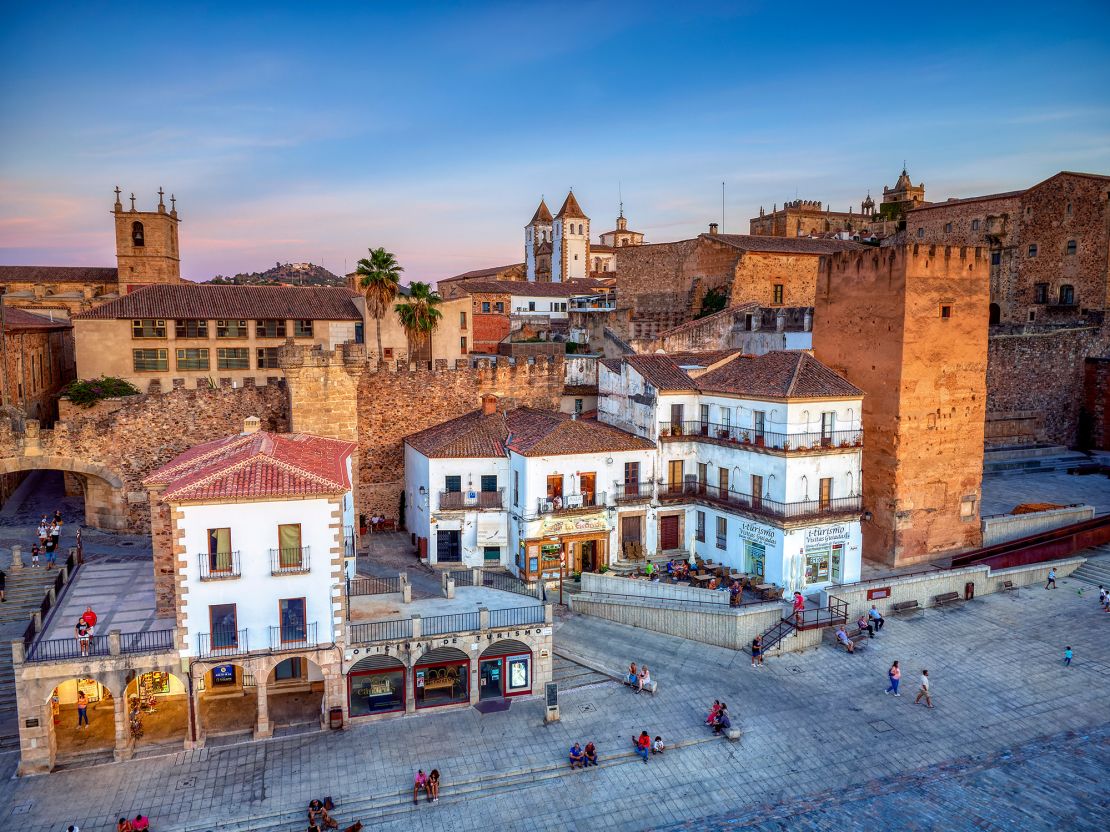
Few tourists venture deep into Spain’s landlocked region of Extremadura, which shares its westernmost border with Portugal. If they did, they’d discover a land rich in history with no fewer than three UNESCO World Heritage sites: Cáceres, Mérida and Guadalupe. There’s also Monfraguë, an internationally important national park that is a haven for migrating birds, Villuercas-Ibores-Jara, a Unesco GeoPark, and Spain’s first freshwater Blue Flag beach, Orellana Playa.
Despite providing several filming locations for “Game of Thrones” — Trujillo Castle stood in for Casterly Rock and Caceres was King’s Landing, while a grand, dragon-fueled battle in season seven was filmed outside the city — Extremadura still isn’t a regular haunt for international or even domestic tourists.
The city of Mérida is home to some of the best-preserved Roman ruins outside Italy. On summer evenings during July and August, classical dramas are performed in the Roman Theater.
The provincial capital of Cáceres, one of Spain’s best-preserved medieval walled cities, has long been a destination for food fans thanks in part to the Michelin three-star restaurant Atrio and a new wave of taperías, or tapas bars, along lively Calle Pizarro focusing on local ingredients (like Torta del Casar, a local cheese made from sheeps’ milk).
As for culture, there’s an annual edition of the WOMAD music festival every May, while the Museo de arte contemporáneo Helga de Alvear, which opened in 2021, showcases works from the vast private collection of the late collector Helga de Alvear, who died earlier this year.
The Royal Monastery of Santa María de Guadalupe, another UNESCO World Heritage site, is a place of pilgrimage that was visited by Christopher Columbus to give thanks on his return from the New World.
Extremadura is also home to a site on UNESCO’s “tentative” World Heritage list: Trujillo, a medieval city perched on a hill. The town was home to conquistadores who, having returned here with riches from South America, built elaborate palaces dotted around a grand square.
“The people of Extremadura tend to undervalue the wealth they have around them in the landscapes, nature and traditions, and show surprise, delight and pride that people come from far away to visit this forgotten treasure,” explained Martin Kelsey who runs Casa Rural El Recuerdo with his wife Claudia and organizes birding trips to Monfragüe National Park, which is home to one of the largest colonies of black vultures on the planet.
“For people seeking this sense of authenticity and timelessness, then Extremadura is the place.”
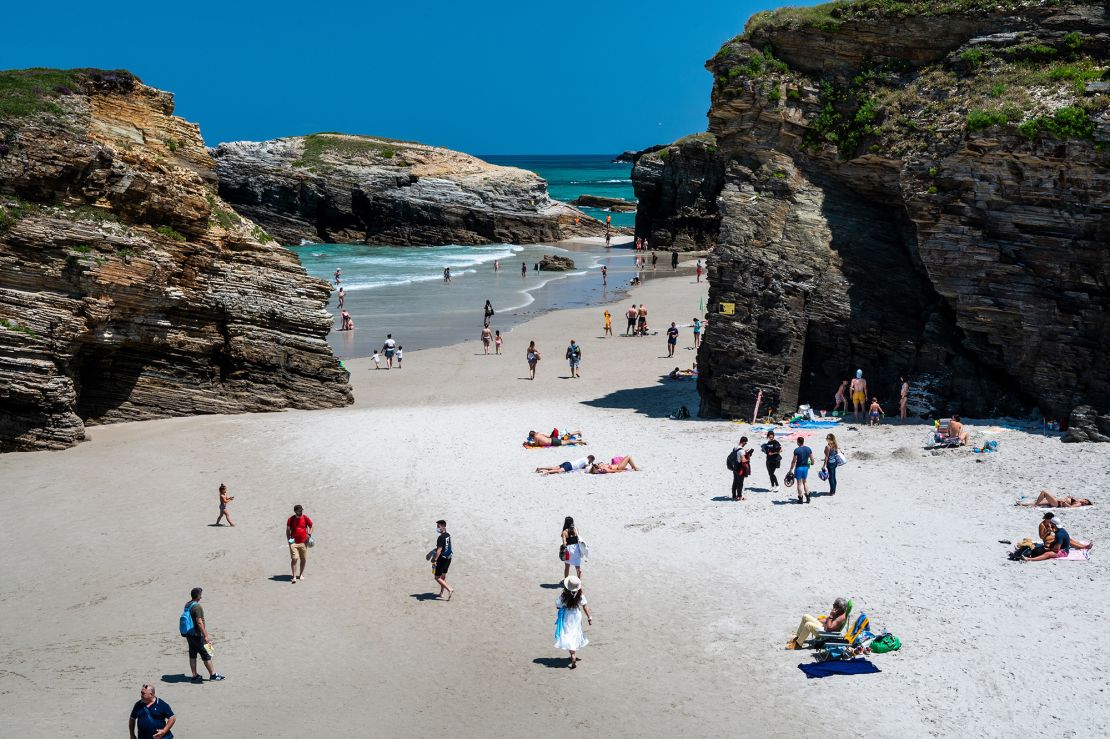
If lazing on a sandy beach is a requirement for your summer vacation, away from the overpopulated Mediterranean resorts, Spain has a vast coastline that is not only virtually unspoiled but is also relatively undiscovered by tourists from outside Spain.
Head to the green north coast, but skip the foodie paradise of San Sebastián — it’s heaving during summer — and start further west, in the region of Cantabria. Head west through Asturias and follow the Atlantic coast to Galicia. Here you’ll find a dramatic Jurassic coastline of rugged cliffs, hidden coves and fishing harbors, with vast stretches of sandy beaches pounded by surf in between.
“Travel along the northern coast of Spain is a favorite of mine — especially for summer travel where the temperatures are usually cooler than the rest of the country.” explained Karen Rosenblum of Spain Less Traveled, who advises travelers on how to plan their trips in a responsible way.
Visitors will discover that the north of Spain has its own distinct cultures and cuisine. Try the bizarre-looking percebes (goose barnacles) harvested from craggy rocks offshore, pungent cheeses made in mountain caves, and local cider served with a special pour to aerate the drink before it hits the glass.
Rural tourism is at the core of Spain’s new national tourism strategy. Galicia’s Senderos Azules is a network of walking paths to rival the oversubscribed Camino de Santiago; it was bolstered this year by the addition of seven new trails in the provinces of A Coruña and Pontevedra, including paths along the Atlantic Coast and riverside trails inland.
“These offer hikers a chance to explore one of Spain’s lesser-known natural treasures,” said Jessica Harvey Taylor, a spokesperson for the Spanish Tourist Office in London.
“We are all passionate about developing more sustainable travel… and about tackling the challenges of overtourism.”
El Hierro: Spain’s least-visited island
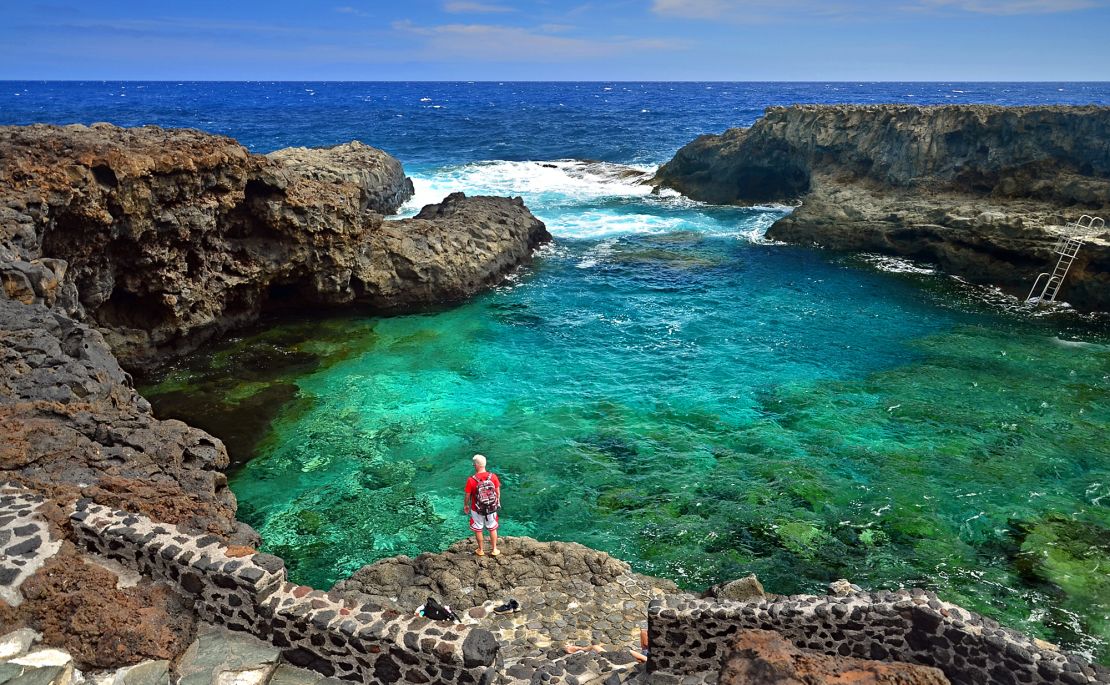
While overtourism on Spain’s popular holiday destinations such as Mallorca, Ibiza and Tenerife has dominated headlines, that doesn’t mean you should avoid island life altogether.
The smaller island of El Hierro, the wildest and most westerly of the Canary Islands, has become a beacon in sustainable tourism.
“We want to increase tourism and simultaneously improve the island’s standard of living, but not to the detriment of the residents’ quality of life or the island’s natural resources,” said Davinia Suárez Armas, El Hierro’s tourism minister.
With no direct flights from outside the archipelago, only the more intrepid traveler will venture to its shores — of the estimated 26,100 visitors to El Hierro during 2024, just 4,102 came from outside Spain. Compare that to neighboring Tenerife which saw 7.2 million visitors during the same period, 87% of whom came from other countries.
“El Hierro is one of the most sustainable islands in the world, which is a major attraction for visitors,” said Suárez Armas.
El Hierro’s energy self-sufficiency ambitions saw it producing island-wide energy for nearly 36 days using renewables last year.
With stark volcanic terrain and dense forests providing homes to some 100 endemic species of flora and fauna, El Hierro is designated a UNESCO Biosphere Reserve. There’s the black-pebble Timijiraque beach on the east coast, the red-hued El Verodal on the west, and the white-sand Arenas Blancas at the western tip but it’s in the water that you’ll find the real treasure: El Hierro is feted as one of the best scuba diving destinations in Europe.
It is also known for outdoor pursuits such as paragliding, trekking and cycling.
“In addition to our island’s natural and scenic beauty, visitors are drawn to the friendliness of the local people, the authentic cuisine, and the diverse opportunities to enjoy the surroundings,” said Suárez Armas.
Teruel: the land that time forgot
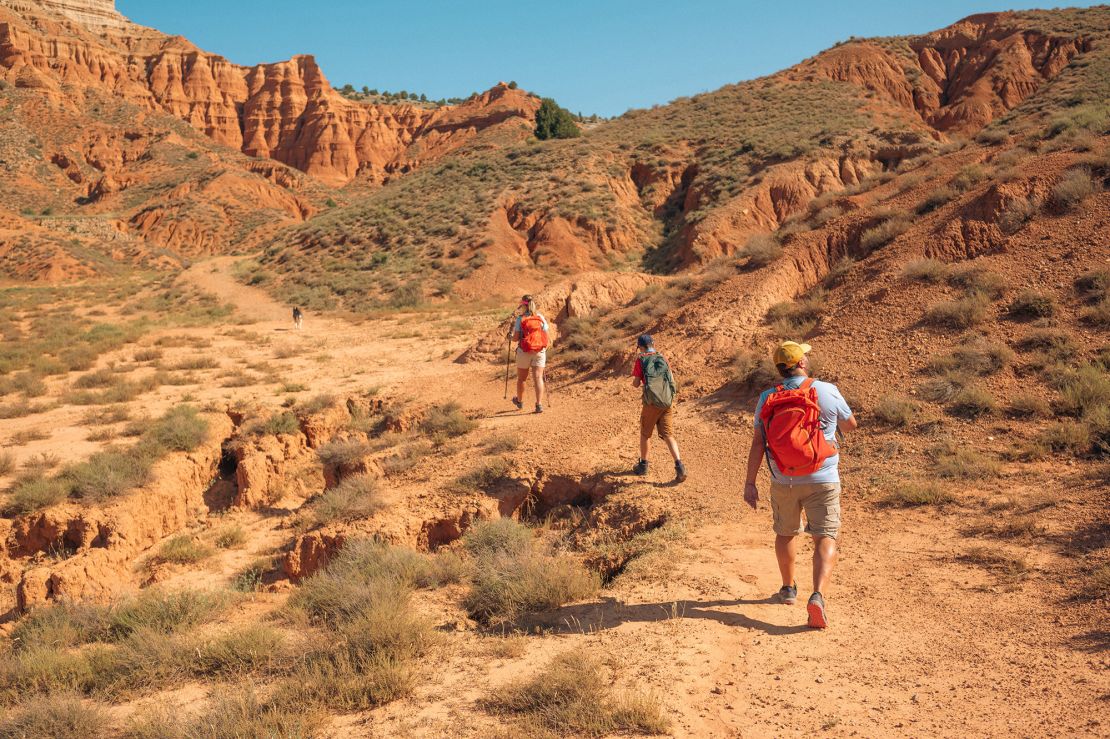
If you really want to discover a hidden gem then head to the province of Teruel in eastern Spain. The population there felt so forgotten by the modern world that they even launched a political party — “Teruel Existe,” or Teruel Exists — to remind the rest of Spain that they were there. It won its first seat in the 2019 election.
With no rail network, travelers must make their way overland, driving at least four hours south of Barcelona or inland from Valencia to a landscape of legend dotted with walled Mudejar towns, mixing Islamic and Christian architecture, clinging to steep hillsides around ruined castles.
Here truffle hunting is one of the key activities. You’ll also find hiking trails that take you past 150 million-year-old dinosaur tracks and beside waterfalls and rivers which offer irresistible wild swimming spots.
Alasdair Grant is one of the pioneers who spotted the tourism potential of the neglected region and transformed an old nine-bedroom fortified farmhouse into the Mas de la Serra Wilderness Retreat, overlooking the Els Ports Natural Park, which straddles the borders of Aragon, Catalonia and Valencia along the Ebro Delta.
“Here you are away from the crowds where foreign visitors are still welcome as a novelty,” he said.
“Tourism is important for the local economy but is not overwhelming and there is no resentment which can be seen in some cities and coastal areas. This area needs visitors — and you can have it to yourself.”

